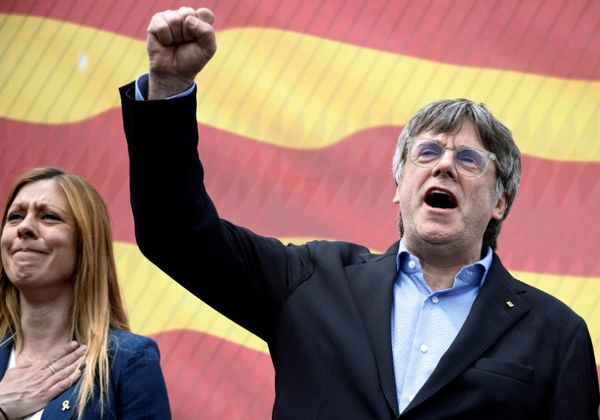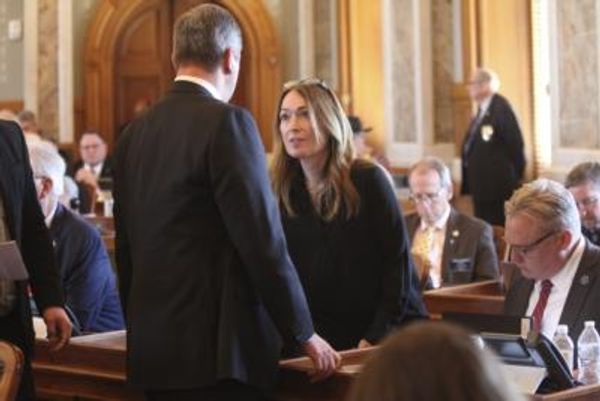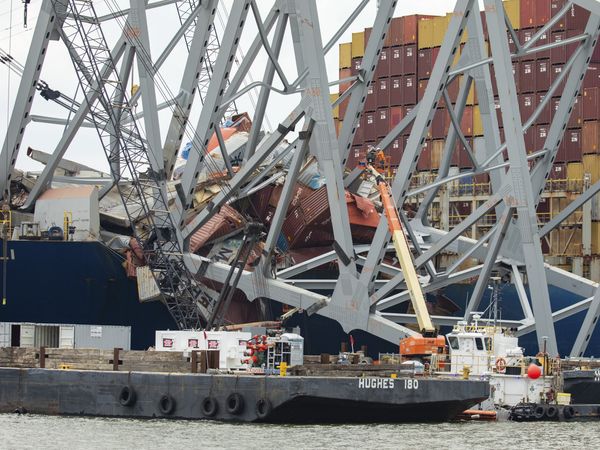
While it’s the UK that’s dominated royal discourse of late since the death of Queen Elizabeth II, there are plenty of other monarchs still reigning — including, of course, King Charles III. The team at The New European provides a helpful who’s who.
Kingdom of Norway
Harald V has been on the throne since 1991. He and his wife, Queen Sonja, have a mainly ceremonial role. The constitution grants the monarch certain powers, but these are carried out by politicians and the king has no role in government. Harald is regarded as having modernised the country’s royal family by opening the monarchy up to the media.
Kingdom of Denmark
Queen Margrethe II is from the Glücksburg dynasty, and is now the only reigning female monarch in Europe. She is celebrating her golden jubilee this year and operates in a British-style constitutional monarchy. She is also queen of the Faroe Islands and Greenland, though both territories are self-governing.
Kingdom of the Netherlands
The son of Princess Beatrix, King Willem-Alexander of the Netherlands took the throne after his mother’s abdication in 2013. The current heir is his eldest daughter, Catharina-Amalia, Princess of Orange. The Netherlands has a constitutional monarchy, similar to the British system.
Kingdom of Belgium
King Philippe of the Belgians came to the throne in 2013 after the abdication of his father, Albert II, on health grounds. The country is a federal constitutional monarchy, and the king is obliged to ensure national unity between the Walloon and Flemish regions. His wife, Mathilde, is queen consort and their eldest daughter, Elisabeth, is first in line of succession.
The kingdom of Spain
King Felipe VI is the son of Juan Carlos I, who helped Spain transition from Franco’s autocratic regime to a constitutional monarchy in 1977. Juan Carlos abdicated in 2014 over a financial scandal. Though mainly a ceremonial figure, Felipe has also interceded in political affairs, particularly on Catalonian independence, which he opposes.
The principality of Andorra
The Pyrenean state (population 79,000) is a constitutional monarchy, with two co-princes. One is Joan Enric Vives Sicília, Bishop of Urgel, a Barcelona cleric appointed by the Pope in 2003. The other is Emmanuel Macron, making him not only president of France, but also an elected monarch. Together they are joint heads of state. Political power is held by an elected prime minister.
Vatican City
Pope Francis is the priest-monarch of this 49-hectare state contained entirely within Rome, which attained independent statehood in 1929. He succeeded Benedict, who retired from the papacy in 2013 and he has led the Vatican — and the Catholic Church — in a less formal and more open style than his predecessor. The pope is considered God’s emissary on earth and is therefore also the last remaining absolute monarch.
The kingdom of Sweden
Karl XVI Gustaf became king in 1973, but a year later constitutional changes in Sweden removed the monarch’s little-used ability to appoint political leaders. His position is entirely ceremonial and no royal assent is needed to form a government
Grand duchy of Luxembourg
Henri, Grand Duke of Luxembourg, ascended to the throne in 2000. Luxembourg, originally part of the Holy Roman Empire, became independent in 1815 and since then has been a hereditary monarchy. The grand duke has mainly ceremonial powers, but Henri caused a constitutional crisis in 2008 by refusing to assent to the legalisation of euthanasia.
Principality of Liechtenstein
Hans-Adam II, Prince of Liechtenstein, has reigned as head of state of his nation (population 38,000) since 1989. The prince can call referendums, and sack judges and government ministers. The method of succession effectively excludes females from becoming monarch.
Principality of Monaco
Albert II, Prince of Monaco, is the son of Prince Rainier III and the actor Grace Kelly. He succeeded his father in 2005 as head of state and plays an active part in governing and representing the country (population 38,000). The Grimaldi family is Europe’s longest-serving royal family, having been on the throne for eight centuries.







